Quantum Computing: A Race for Supremacy Amidst Promise and Persistent Challenges
This article examines the current state of quantum computing, highlighting the intense competition among companies and nations to achieve quantum supremacy. It addresses the potential applications across various industries, the technological hurdles that remain, and the ongoing debate regarding the practical advantages of quantum computers over classical systems. The analysis includes expert opinions, recent advancements, and future projections for this rapidly evolving field.
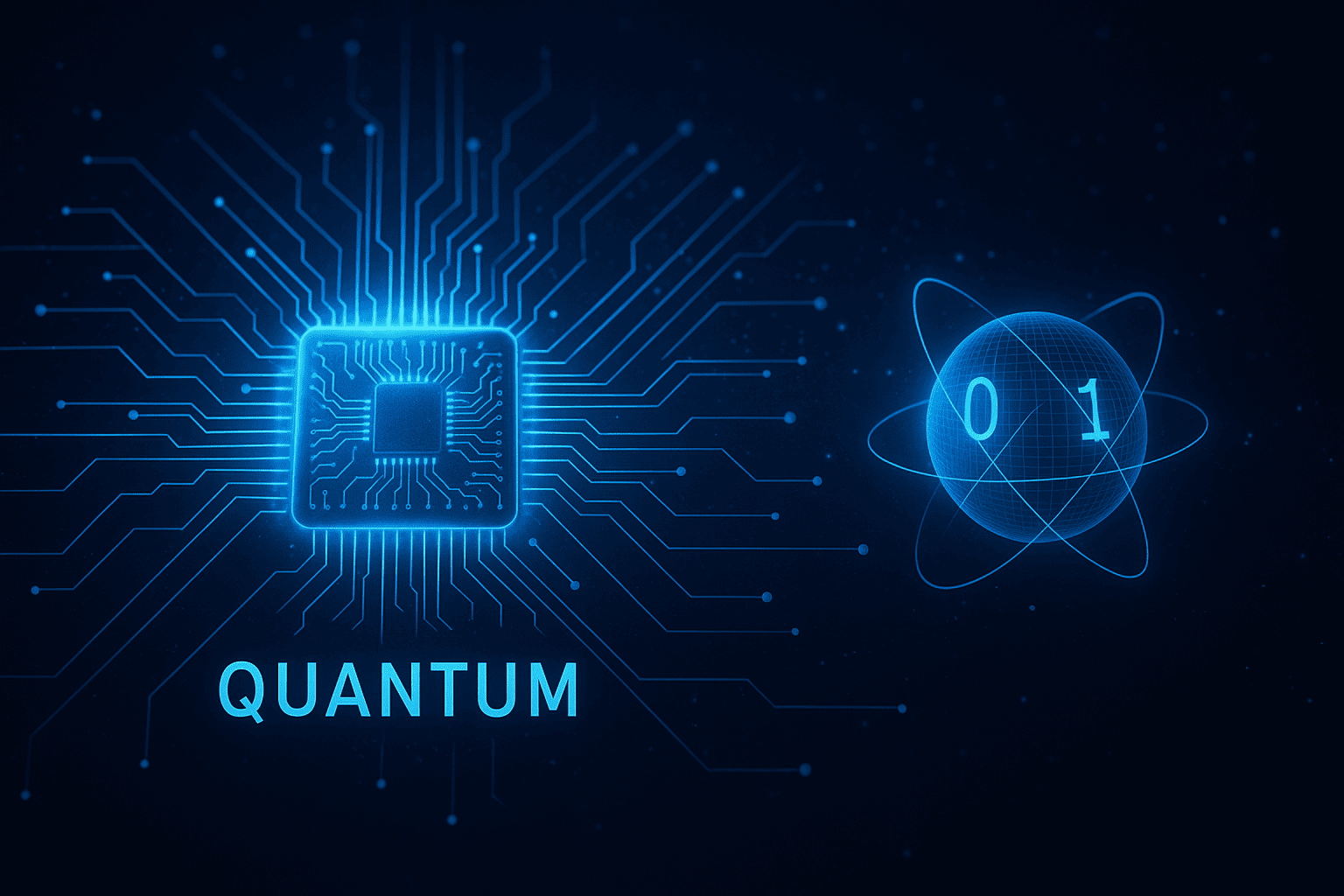
 The Quantum Insider
The Quantum Insider
 Time Magazine
Time Magazine
 TechCrunch
TechCrunch
 New York Post
New York Post
Quantum Computing: Scaling Challenges, Key Players, and the Path to Commercial Viability
The article examines the progress and obstacles in quantum computing, highlighting the efforts of various companies and research institutions to develop commercially viable quantum computers. It covers different qubit technologies, funding trends, and the ongoing challenges of scaling and error correction. The analysis also discusses the potential near-term applications of quantum technology.
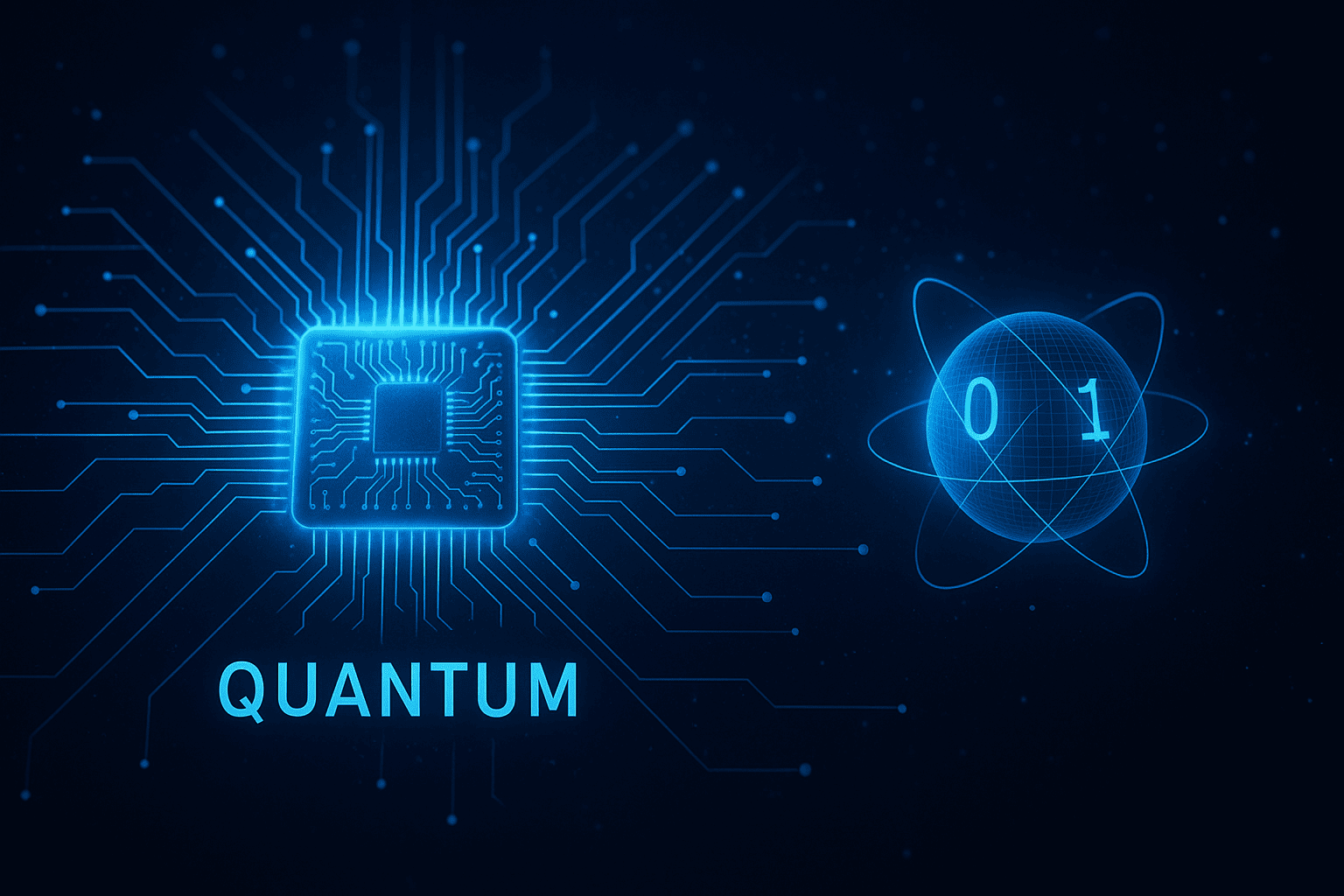
 The Quantum Insider
The Quantum Insider
 The Quantum Insider
The Quantum Insider
 Nature
Nature
 TechCrunch
TechCrunch
No Valid Content Found
No news article content was found. The provided HTML contains subscription information rather than a news report.
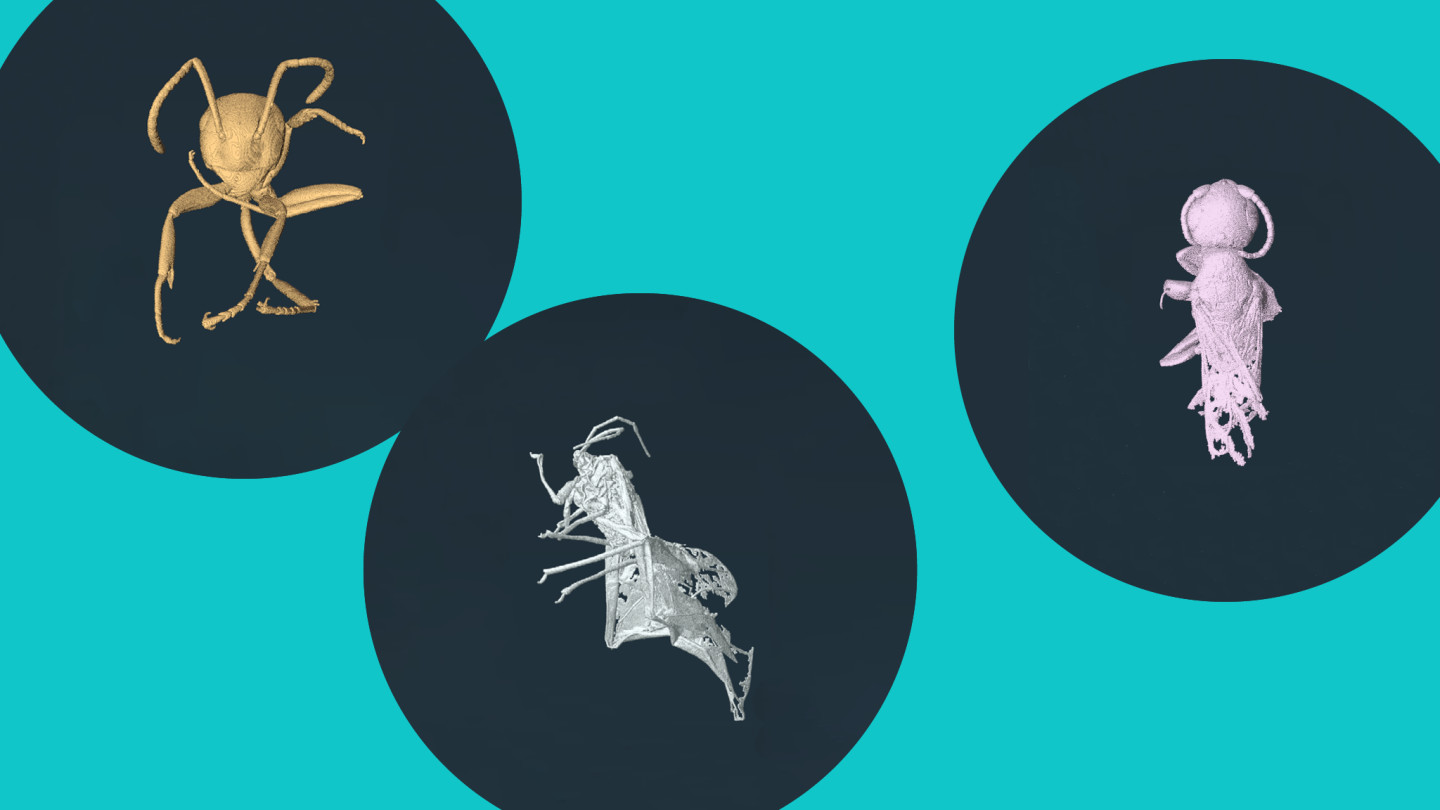
 Financial Times
Financial Times
No valid content found
No description available. The provided HTML input did not contain relevant news content.
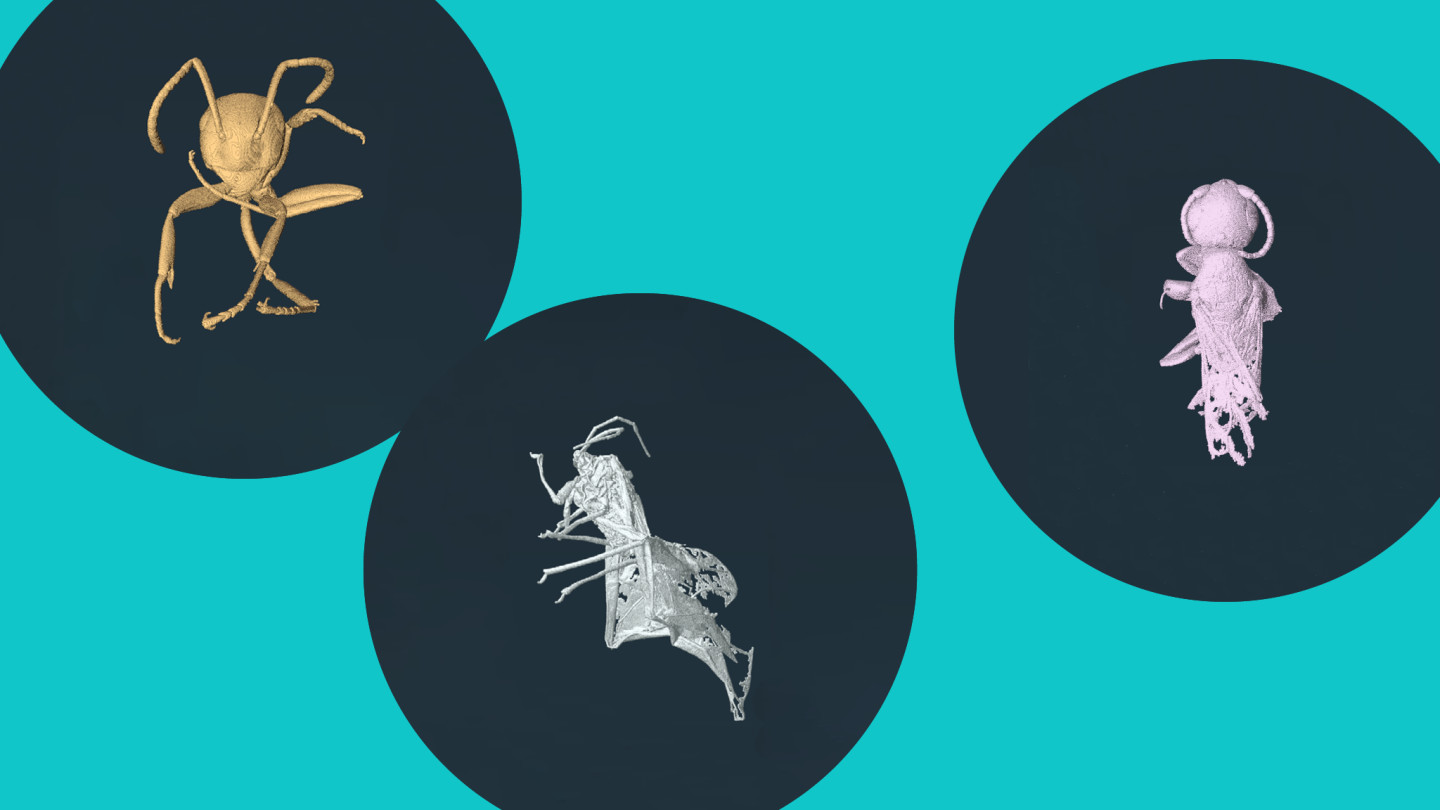
 Financial Times
Financial Times
No valid content found in provided HTML inputs.
No article description available as the input HTML contained no valid news content. The input appears to be a subscription offer from the Financial Times, not a news article.
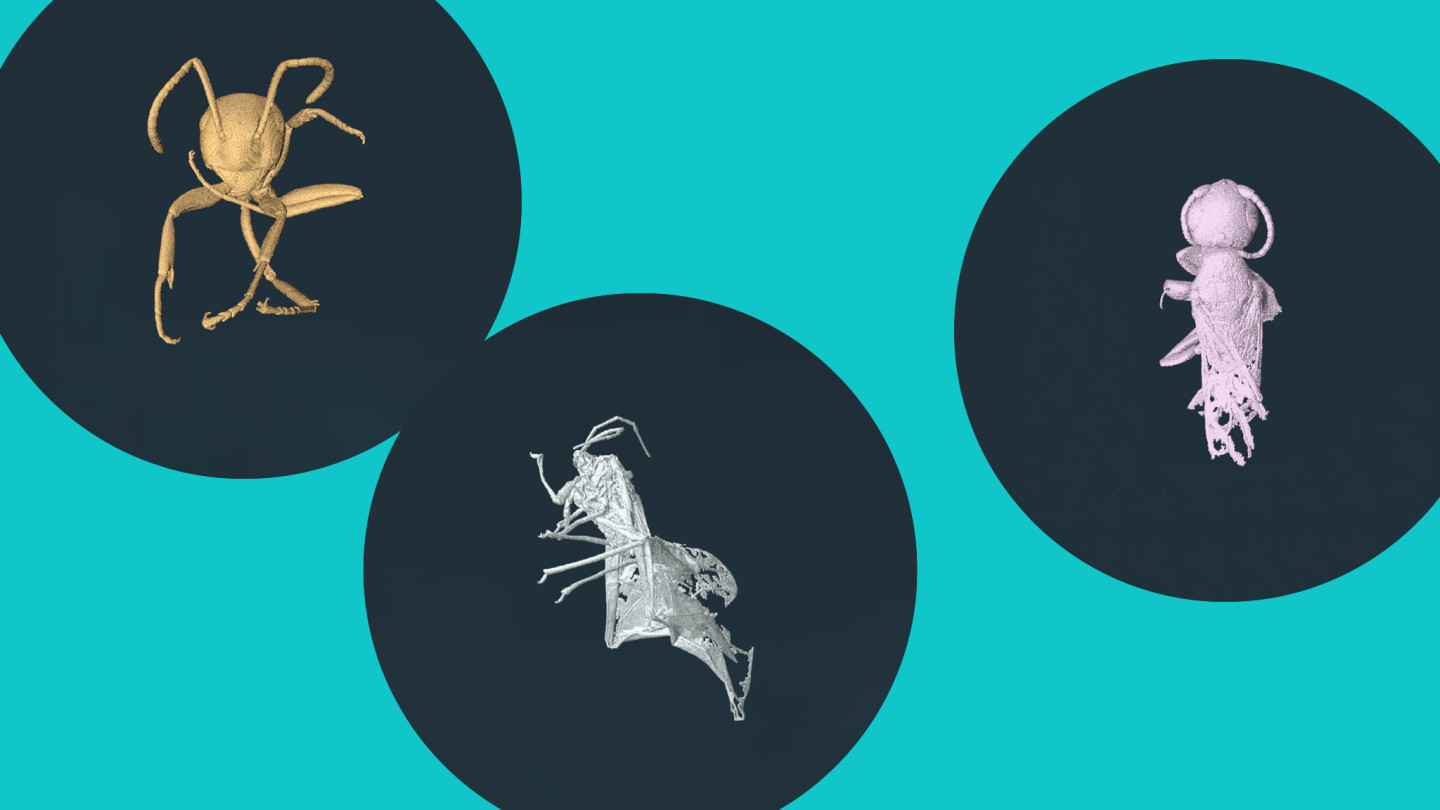
 Financial Times
Financial Times
MIT Engineers Achieve Breakthrough in Quantum Computing Speed with Novel Coupler
MIT engineers have developed a novel superconducting circuit architecture featuring a 'quarton coupler' that achieves unprecedented nonlinear light-matter coupling. This breakthrough could accelerate quantum operations and readout processes, potentially increasing quantum computing speed by up to ten times. The technology is poised to advance the development of fault-tolerant, real-world quantum computers.

 Interesting Engineering
Interesting Engineering
 MIT News
MIT News
 SciTechDaily
SciTechDaily
 Nature
Nature
Trump's 2026 Budget: $1 Trillion for Defense, Major Cuts to Social Programs
President Trump's 2026 budget proposal outlines a significant shift in federal spending priorities, increasing defense expenditure to $1 trillion while slashing funding for education, environmental protection, foreign aid, and healthcare. The budget aims to reduce non-defense discretionary spending by $163 billion, impacting various agencies and programs. Congress is unlikely to fully adopt the proposal, which signals potential funding conflicts.

 American Physical Society
American Physical Society
 CNN
CNN
 The Guardian
The Guardian
 The Washington Post
The Washington Post
Trump's Budget Proposal: Defense Boost, Social Program Cuts Spark Debate
President Trump's 2026 budget proposal prioritizes defense and homeland security with a 13% increase, while slashing $163 billion from non-defense discretionary spending. This blueprint has ignited controversy, drawing criticism from Democrats and Republicans alike. The budget targets education, foreign aid, environmental programs, and healthcare, sparking concerns about its impact on social welfare and global engagement.

 American Physical Society
American Physical Society
 CNN
CNN
 The Guardian
The Guardian
 eos.org
eos.org
Quantum Material Breakthrough: Twist Angles Enable Engineering of Phonon Properties for Quantum Tech
Researchers have achieved a breakthrough in engineering materials for quantum technology by controlling phonon properties through adjusting twist angles in 2D materials. This method uses moiré superstructures to influence phononic and electronic interactions, enabling the design of materials with tailored thermal, optical, and electronic characteristics. The findings pave the way for advanced photonic, quantum, and electronic applications.
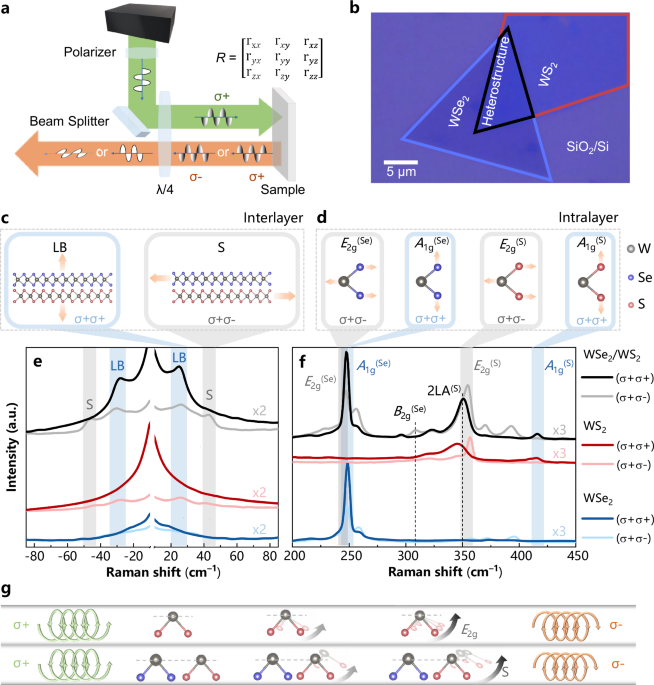
 Nature
Nature
 Laser Focus World
Laser Focus World
 Department of Science & Technology (DST)
Department of Science & Technology (DST)
 Construction World
Construction World
Advancements in One-Dimensional Magnetism: New Materials and Quantum Spin Insights
The article discusses the increasing attention on one-dimensional magnetism, highlighting recent research using novel material platforms like graphene nanoribbons and bulk crystals to understand fundamental theories of quantum magnetism. It showcases experiments demonstrating the evolution of spin excitations and the study of 1D magnetism in metallic materials, emphasizing the collaborative nature of research in this field.
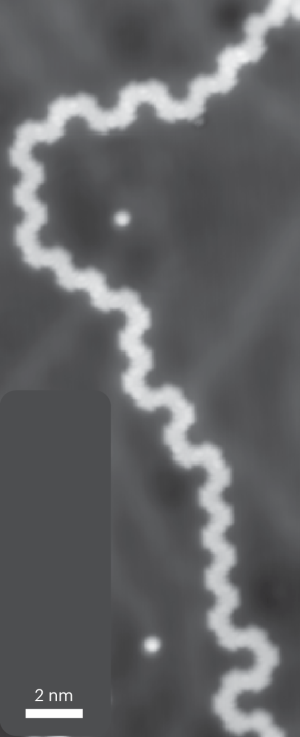
 Nature
Nature
Optical Experiment Emulates Post-Newtonian Gravity, Opening New Avenues for Quantum Gravity Study
An optical experiment successfully emulated post-Newtonian gravity by probing a unique nonlinearity regime, distinct from Newtonian gravity simulations. This breakthrough involved soliton solutions of post-Newtonian Schrödinger equations. It utilized high-intensity laser beams and a thermal nonlinear medium, allowing for simulation of waveform dynamics, offering new experimental capabilities for general relativity settings.
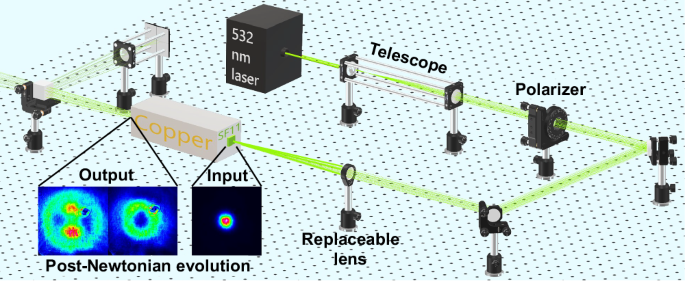
 Nature
Nature
AI Designs Simpler Optics Hardware, Streamlining Research and Development
Researchers have developed a machine-learning algorithm that automates the design of optics hardware. The AI rapidly generates efficient designs for various uses, potentially streamlining research and development in fields dealing with optical, mechanical, or electrical waves. The algorithm can produce designs simpler than those created by humans, as demonstrated in signal amplification for quantum computers.
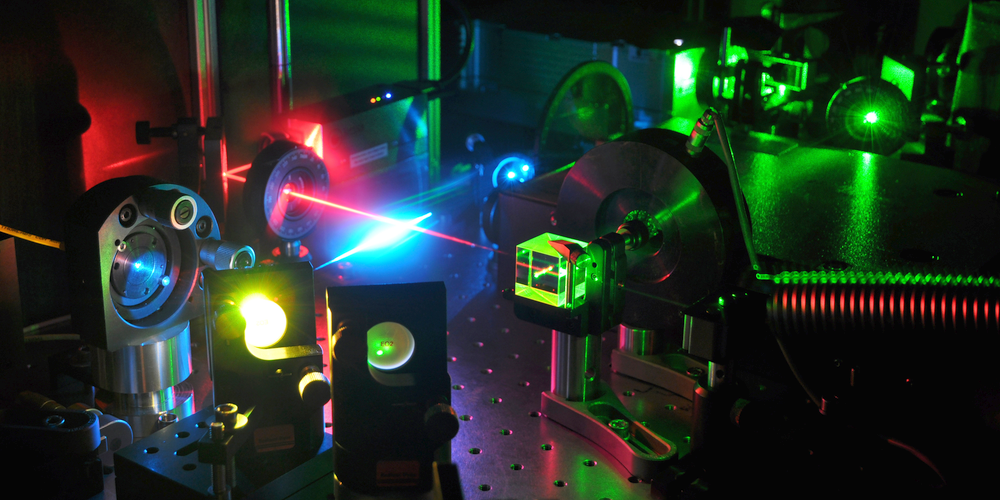
 American Physical Society
American Physical Society
AI Rapidly Designs Optics Hardware, Outperforming Human-Engineered Designs
Researchers have demonstrated that machine learning can automate the discovery of core design concepts for optics setups. The AI algorithm rapidly provides efficient designs for various uses, streamlining research and development. It has been shown to outperform human designs in complex cases, suggesting a new era of automated scientific discovery.
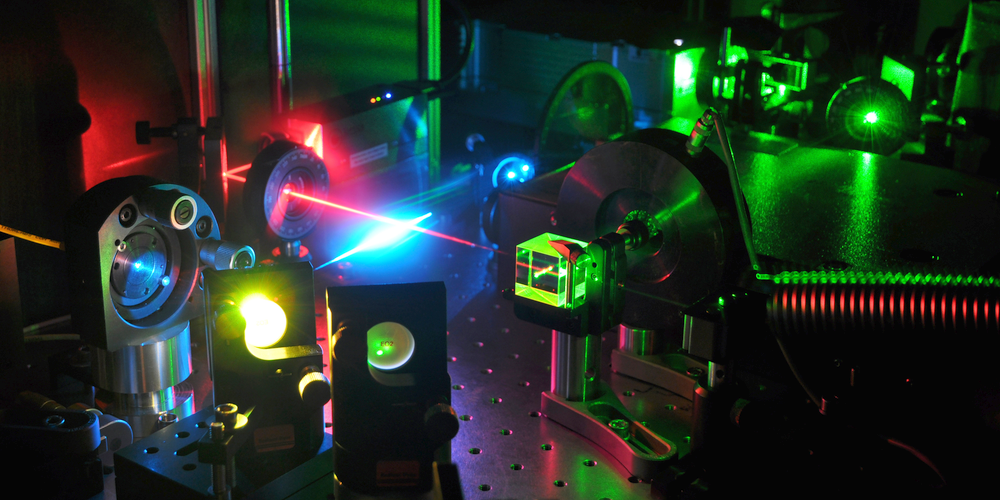
 American Physical Society
American Physical Society
Quantum Phase Transition Secrets Unveiled: Study Defies Physics with New Insights
An international study has shed light on deconfined quantum critical points (DQCPs), which defy the Landau theory of phase transitions. DQCPs allow matter to transition directly between ordered states, unlike traditional transitions involving disorder. Researchers used quantum Monte Carlo simulations and entanglement entropy measurements to model systems and found a critical threshold for continuous transitions.

 The Debrief
The Debrief
Quantum Phase Transitions Defy Physics: New Study Uncovers Secrets of DQCPs
A new study explores deconfined quantum critical points (DQCPs), phase transitions where matter shifts between ordered states without disorder, defying Landau theory. Researchers used quantum Monte Carlo simulations and entanglement entropy to model systems, revealing a critical threshold for continuous transitions. These findings may lead to breakthroughs in quantum computing and high-temperature superconductors.

 The Debrief
The Debrief
Quantum Teleportation Achieved Over Fiber-Optic Cables, Advancing Secure Communication
Recent breakthroughs demonstrate quantum teleportation and QKD over standard fiber-optic cables, integrating quantum communication with existing internet infrastructure. Scientists have achieved long-distance quantum messaging without cryogenic systems, significantly reducing costs. These advancements support secure communication, ultra-fast computing, and advanced sensing, impacting industries from finance to healthcare. The successful integration marks a pivotal step towards practical quantum networks.

 The Brighter Side of News
The Brighter Side of News
 newscientist.com
newscientist.com
 Nature
Nature
 Yahoo
Yahoo
Quantum Teleportation Achieved Over Fiber-Optic Cables, Paving Way for Integrated Quantum Networks
Northwestern University engineers achieved quantum teleportation across 30.2 kilometers of fiber-optic cable while simultaneously transmitting classical data. This breakthrough demonstrates the feasibility of integrating quantum communication into existing infrastructure, potentially saving billions and accelerating the adoption of quantum technologies like secure messaging and ultra-fast computing.

 The Brighter Side of News
The Brighter Side of News
Northern Minnesota's Role in Unveiling the Mysteries of Neutrino Particles
For two decades, scientists have been firing neutrinos from Chicago towards northern Minnesota, where detectors like the NOvA lab in Ash River capture these particles. Research focuses on how neutrinos change 'flavors,' contributing to understanding the universe's composition. The experiment is set to conclude in 2027, with future research potentially moving to Lake Superior and South Dakota.
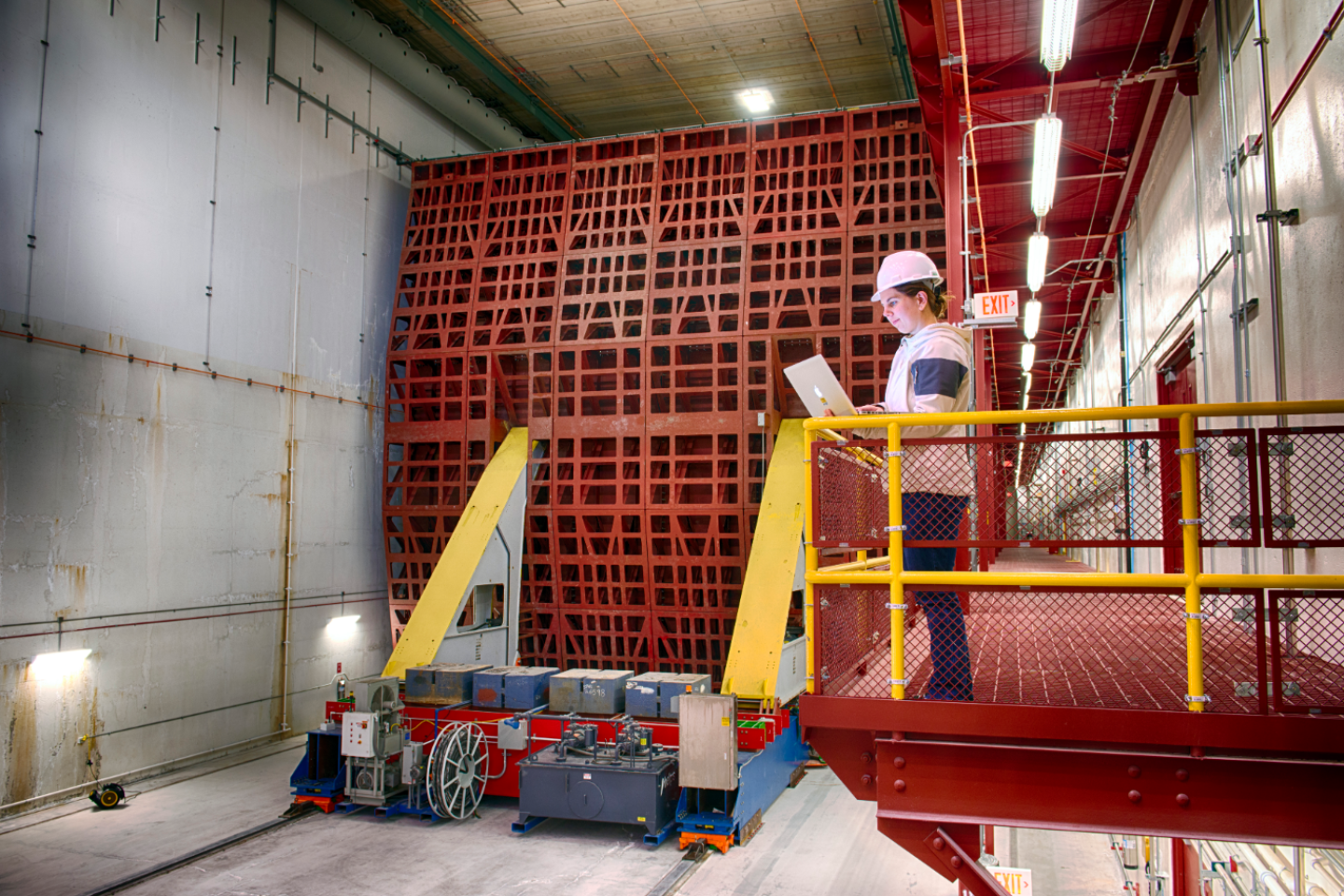
 Duluth News Tribune
Duluth News Tribune
Physicists Generate Power from Earth's Spin with Controversial New Device
Physicists have developed a device that generates electricity from Earth's rotation. The device, using a cylindrical shell of manganese-zinc ferrite, produced a small voltage. This concept, explored since Faraday, faces skepticism but has been rigorously tested by Chyba's team. While controversial, the research offers a potential sustainable energy avenue and contributes to the ongoing quest for clean energy sources. Further verification and scaling are needed.

 Yahoo
Yahoo
Graphene-PdSe2 Heterostructure Enables Tunable Spin-Orbit Coupling and Enhanced Spin Lifetime
A study published in Nature Materials details the anisotropic spin transport in graphene when proximitized with pentagonal PdSe2. This combination results in gate-tunable spin-orbit coupling, leading to a tenfold modulation of spin lifetime at room temperature, suggesting potential applications in spintronics and magnetic devices.
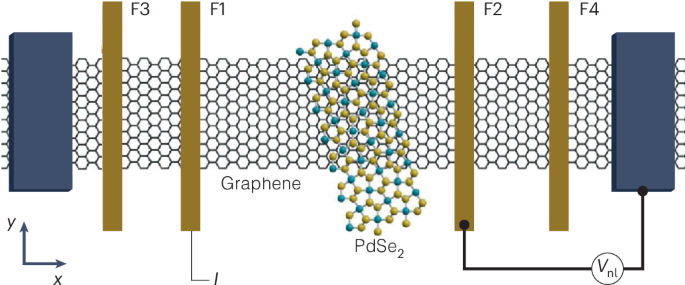
 Nature
Nature








